For those living and working in rural Stirlingshire, buses can be a lifeline.
As journalists, we’re more likely to jump in the car if we need to travel for an interview or an event – but we know that’s not an option for everyone.
To get an idea of what bus services in and around Stirling are really like for passengers, The Courier’s Stirling team split up and picked two different routes to test out.
In their own words, here’s what they found out.
Isla’s X10A trip to Gartmore
I set out to try the X10A to Gartmore, which travels between Stirling and Glasgow via villages and towns in the Trossachs.
The service, which is run by Midland Bluebird, takes around an hour.
I don’t have high hopes, being used to lousy bus services. However, the X10A – due to leave Stirling at 10:25am – is a minute early.
Interested to see how well the Midland Bluebird app worked, I choose to buy my ticket ahead of time. This proves confusing.
A friend has advised me to go for the Trossachs Adult Day Saver (£5.95) which, it turns out, is only valid between Dobbies at Craigforth and the Trossachs, not the entire route.
What I should have purchased was an All Zones Adult Day Saver, priced at £10.55.
Both fares seem steep, and make me miss my free bus pass, which every other user of the bus takes advantage of.
Luckily, the understanding driver lets me on anyway, after explaining the ticket restrictions for next time.
At 10:28am, with five people on the bus, we depart from Stirling city centre.
The first stop is Forth Valley College – convenient for students living outwith the city.
We’re down to four passengers as we head on to Thornhill, and I have to wonder if the lack of people on board contributes to the expensive bus prices.
For almost 20 miles and an hour’s travel, perhaps it isn’t exorbitant.
What strikes me next is how narrow the roads are. At one point, the bus has to pull over to let a lorry pass. It certainly takes some skill to navigate such a large vehicle.
The first half of the journey provides lovely views. But, by the second half, I’m feeling incredibly travel sick.
I try to distract myself. There are lots of middle-of-nowhere bus stops, I notice – fantastic for those living rurally.
In Aberfoyle, it’s great to see the driver more than happy to help two elderly passengers by letting them know what time the bus will be returning to Stirling.
Before long, I’m in Gartmore, and mercifully still in possession of the contents of my stomach.
I chat to locals, and can see why they are so concerned about the bus fitting down the village’s narrow main street.
In the time I’m there, more than 10 cars pass through, but not one bus.
One resident says the services are too spread out to fit their schedule. With just six a day going to Glasgow and Stirling, I completely understand their view.
I chance my wrong ticket back to Stirling, and hop on the 12:48pm, which arrives on time.
It’s a busier bus than the first, but still mostly-empty, with the majority of passengers going from the Raploch college campus to the city centre.
Just as my nausea returns, the bus handily stops on Stirling’s Maxwell Place, and I’m off.
All in all, I think I’d be a Stirlingshire bus convert if it weren’t for my travel sickness.
I found the service to be reliable, the driver to be helpful, and it was nice to take a break from driving.
Alex’s journey on the 59 to Callander
Inevitably, I’ve managed to choose the coldest day of the year so far for this outing and it’s absolutely freezing.
My eight-or-so fellow chilly passengers and I are keen for the 12:06pm number 59 bus to Callander (operated by McGill’s) to arrive.
One man keeps anxiously checking the timetable displayed in the bus stop.
I scan the QR code at the bottom of the poster next to the words: “Departures from this stop” – maybe I can help to reassure him by showing him the live expected arrival time.
But the link doesn’t take me to a bus tracker, just a static list of the services scheduled to arrive at the stop, according to their set timetables.
When 12:06 has come and gone, just as I’m starting to lose hope (and the last of my body heat), the 59 appears – a single-decker with plenty of free seats.
Like Isla, my attempts to research the fares in advance had left me a bit confused. So – safe in the knowledge I won’t need cash – I wing it.
“A return to Callander?” I ask the driver hopefully.
He gives me one of those aforementioned £10.55 Adult Day Savers, covering all zones, since I’ll cross from the Stirling and Clacks Zone into the Trossachs Zone on my trip.
This ticket allows unlimited travel all day across the entire Midland Bluebird network (which McGill’s operates within).
It would be fantastic value for money if I were travelling 37 miles east to Edinburgh or 50 miles west to Greenock and back.
But – even if the trip takes about 45 minutes – for 17 miles from central Stirling to Callander, it feels a little steep.
Compare it to the journey from Stirling station to Dollar, for example – only about four and a half miles shorter than the Stirling to Callander trip, and £4.60 cheaper for an all-day ticket, because it’s in the Stirling and Clacks Zone.
As Isla says, there is a Midland Bluebird app where passengers can buy tickets ahead of time and track live bus times, but using it wouldn’t have saved me any money. (And not everybody can or wants to use an app.)
The 59 is busy when it departs Stirling station, but it gets considerably quieter once we leave the city.
My journey to Callander itself is enjoyable, with misty and atmospheric views of the landscape. It might be freezing outside, but it’s warm on the bus.
Some extremely tight turns and narrow streets at Deanston and Doune keep things interesting, and I don’t envy the driver for having to navigate them in a bus.
Despite the driving obstacle course and leaving a few minutes late, the 59 arrives three minutes earlier than scheduled in Callander (at 12:51pm), where I’m one of four passengers to disembark.
The others head off to go about their daily lives; I eat a pretty life-changing sandwich at Mhor Bread bakery on Main Street.
Back at what must be a contender for Scotland’s most picturesque bus stop (even with the public toilet block right there), I notice the last number 59 bus to Stirling leaves at 8:55pm.
There’s roughly one 59 per hour until that time, going in each direction. It’s not terrible, but it’s not great either, particularly if that’s your main form of transport.
On my journey back to Stirling, the 2pm bus arrives early, leaves promptly, and lingers in Doune for a wee while, suggesting we’re running ahead of schedule.
The 59 route is obviously a reliable and well-used service. My main frustration is how long the journey takes compared to the same trip in a car.
Bridge of Allan to Callander directly adds up to just over 13 miles, or around 25 minutes of driving time.
With no direct bus, the same trip took me about an hour and 15 minutes, travelling back into Stirling city centre first, then on to Callander.
I expect demand isn’t high enough for more frequent buses – but might an express service to Callander tempt more people to ditch the car?
It’s the age-old chicken-and-egg public transport question, really, isn’t it?
For more Stirling news and features visit our page or join us on Facebook
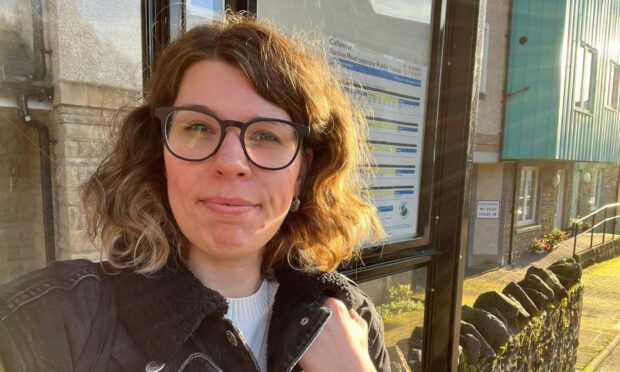
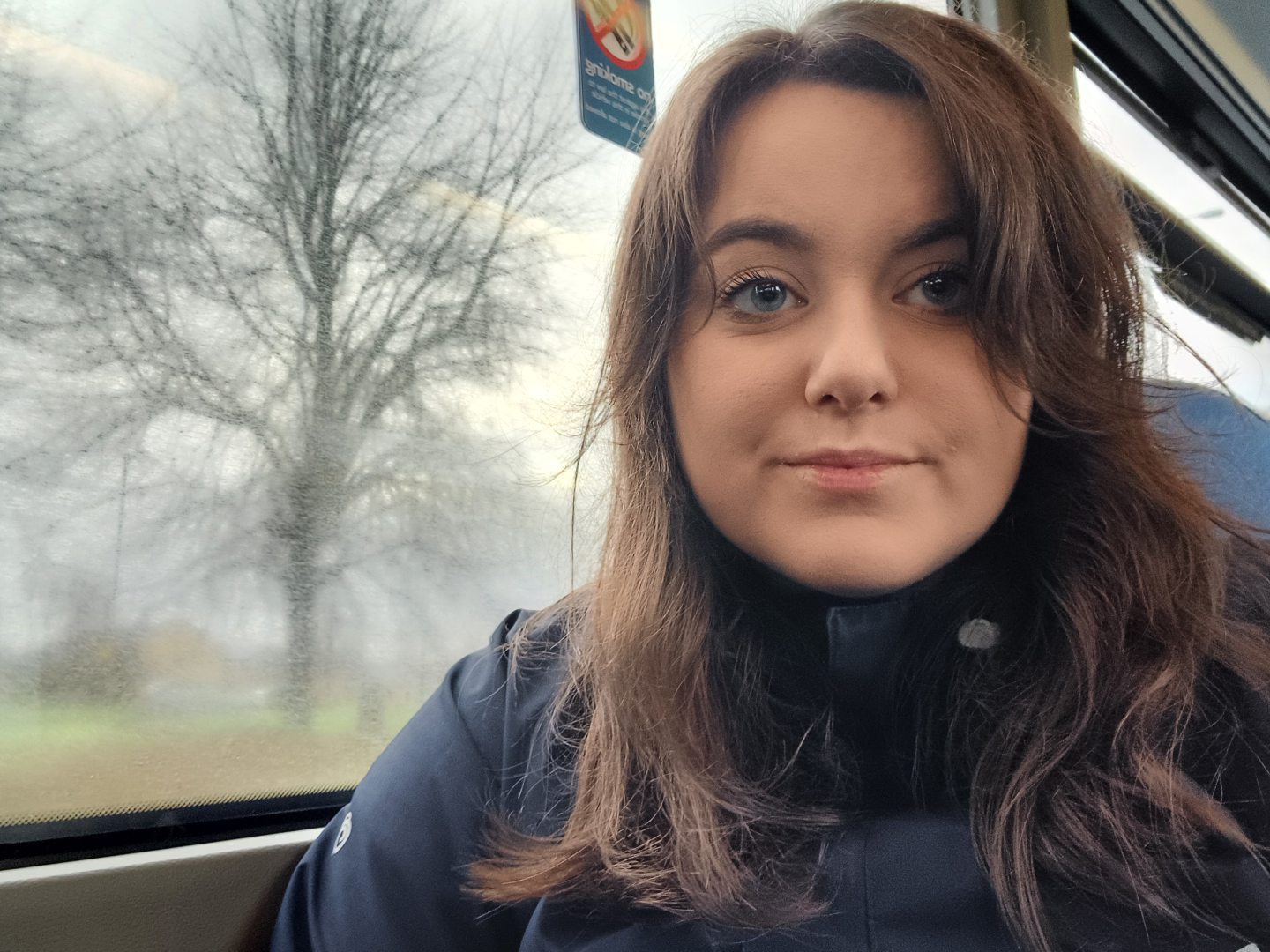
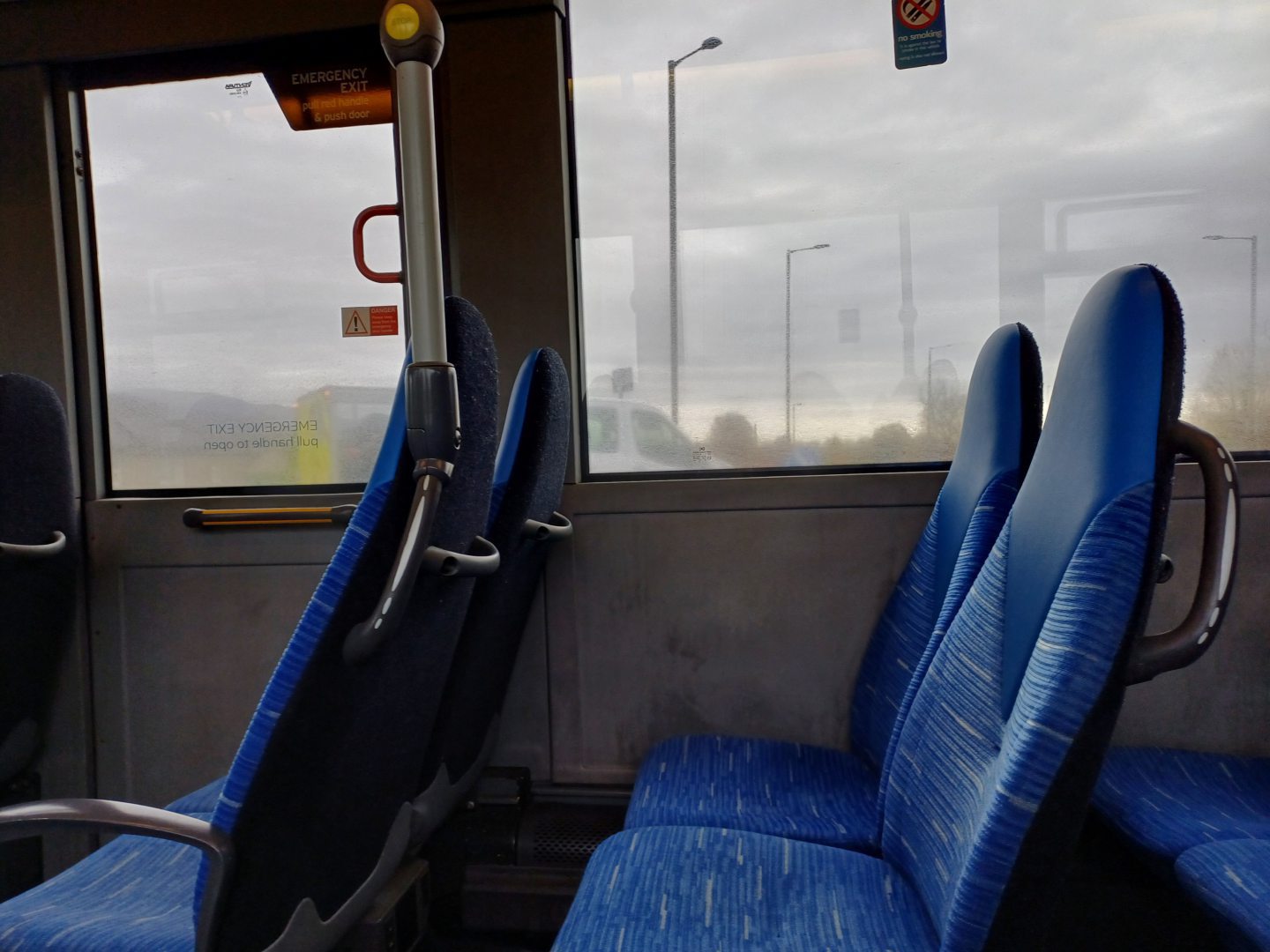
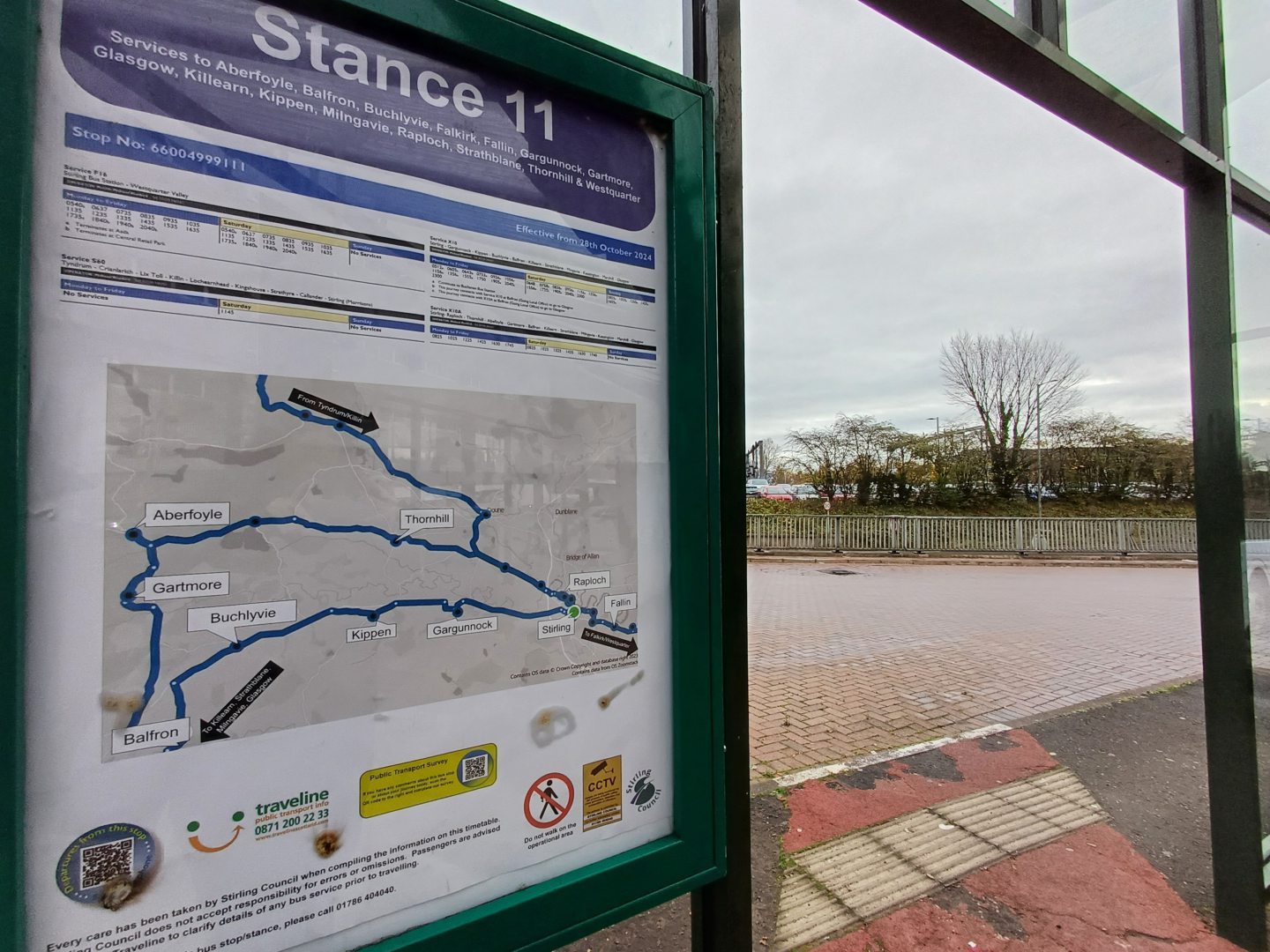
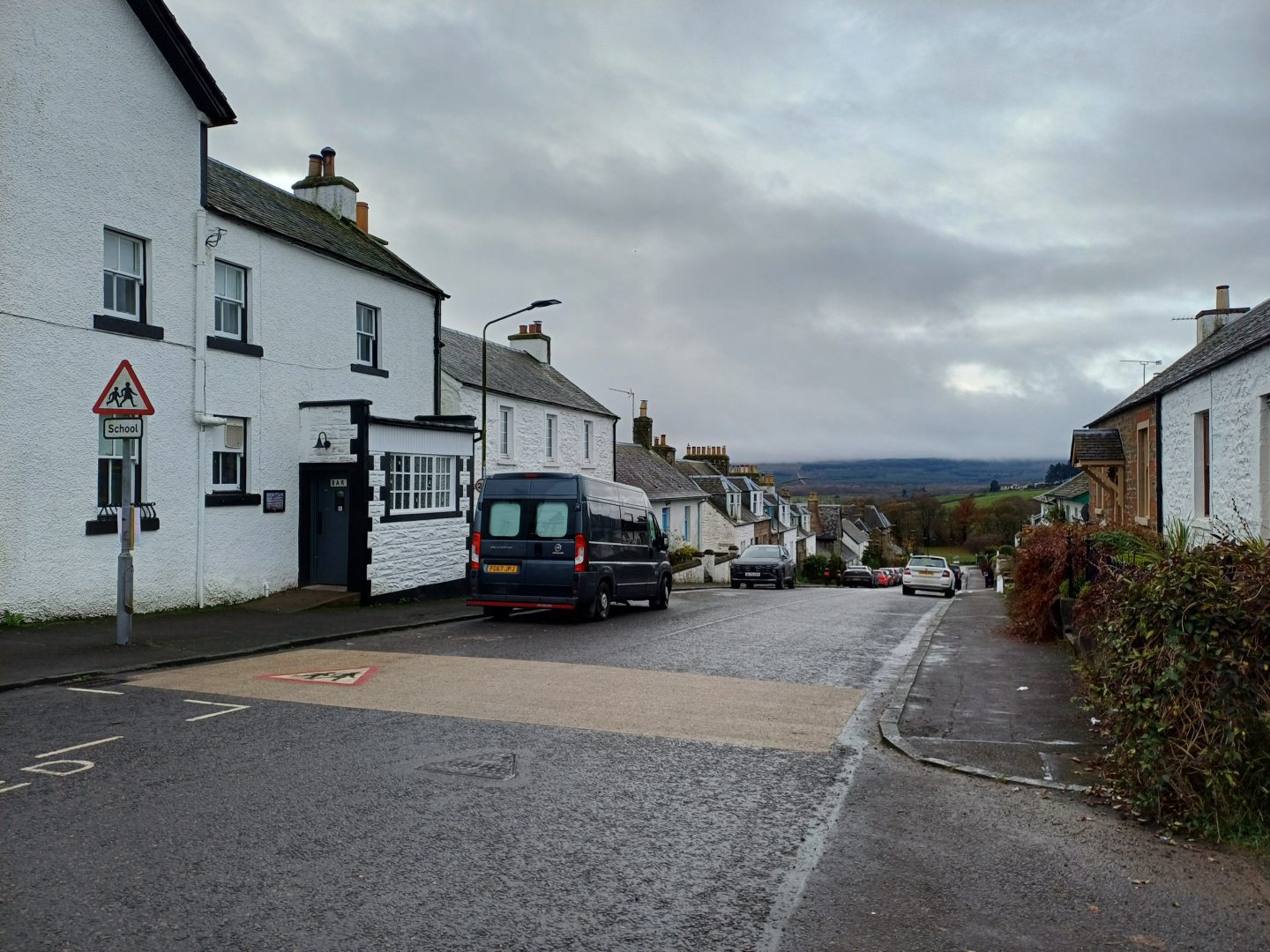
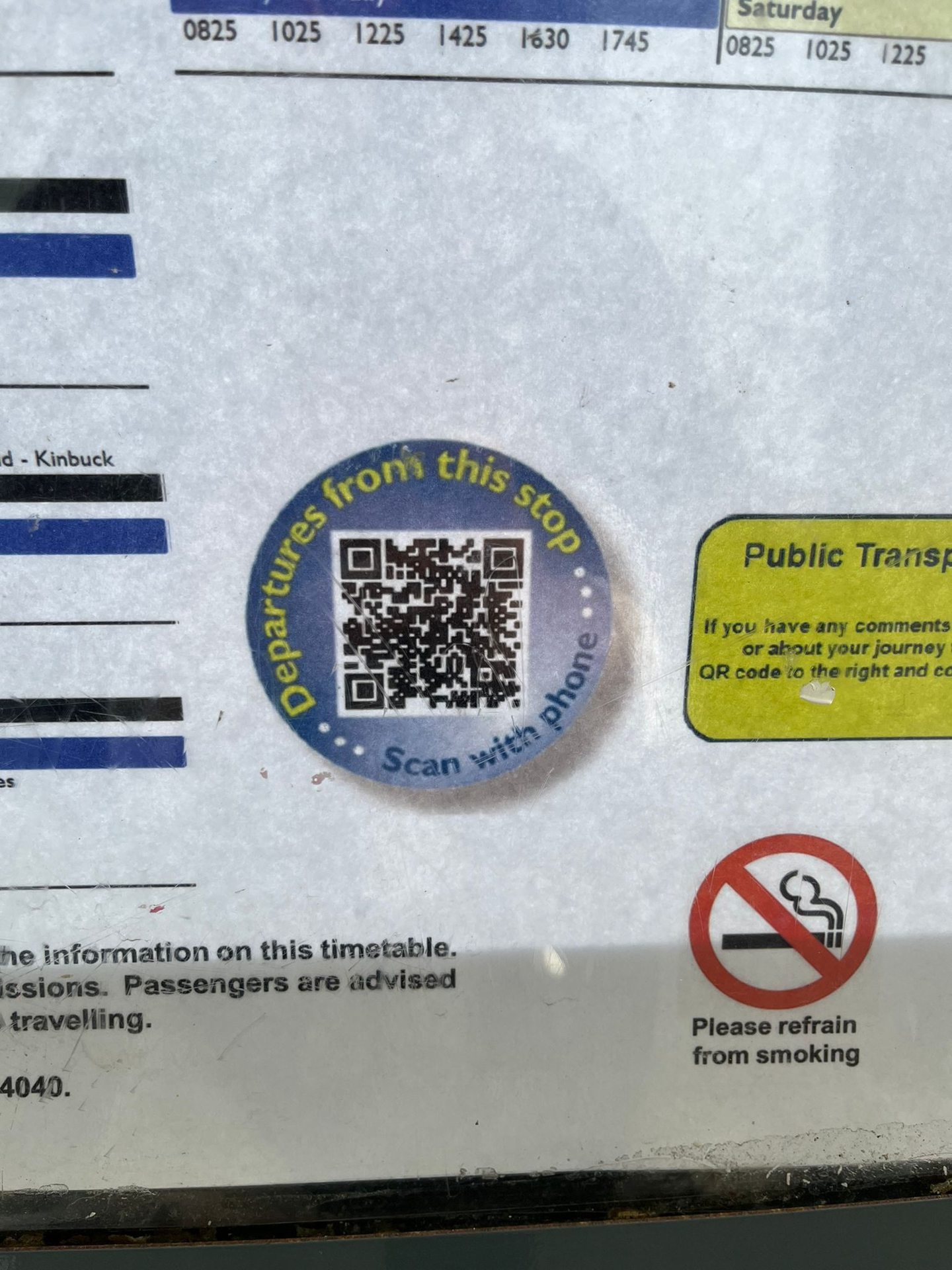
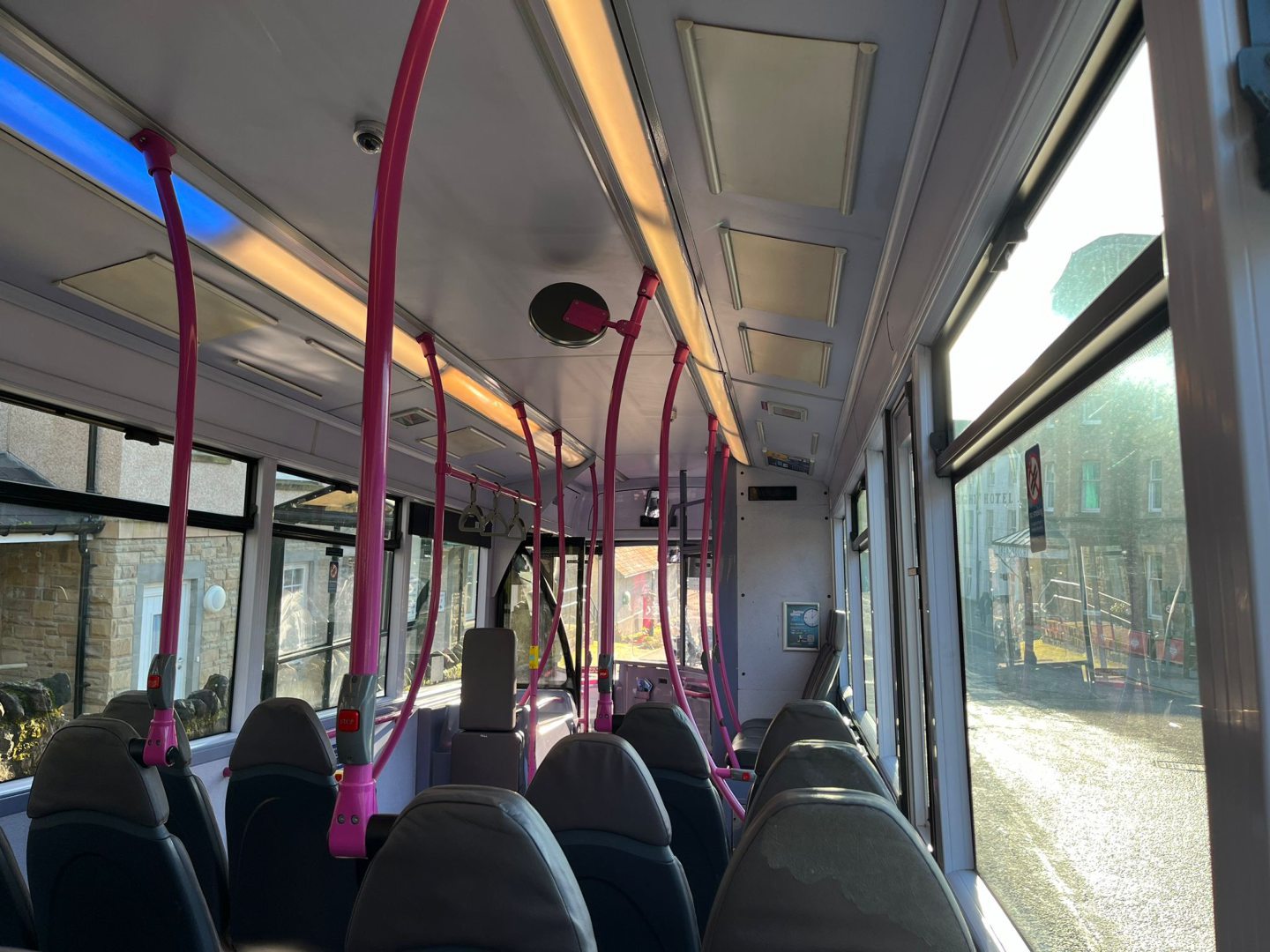
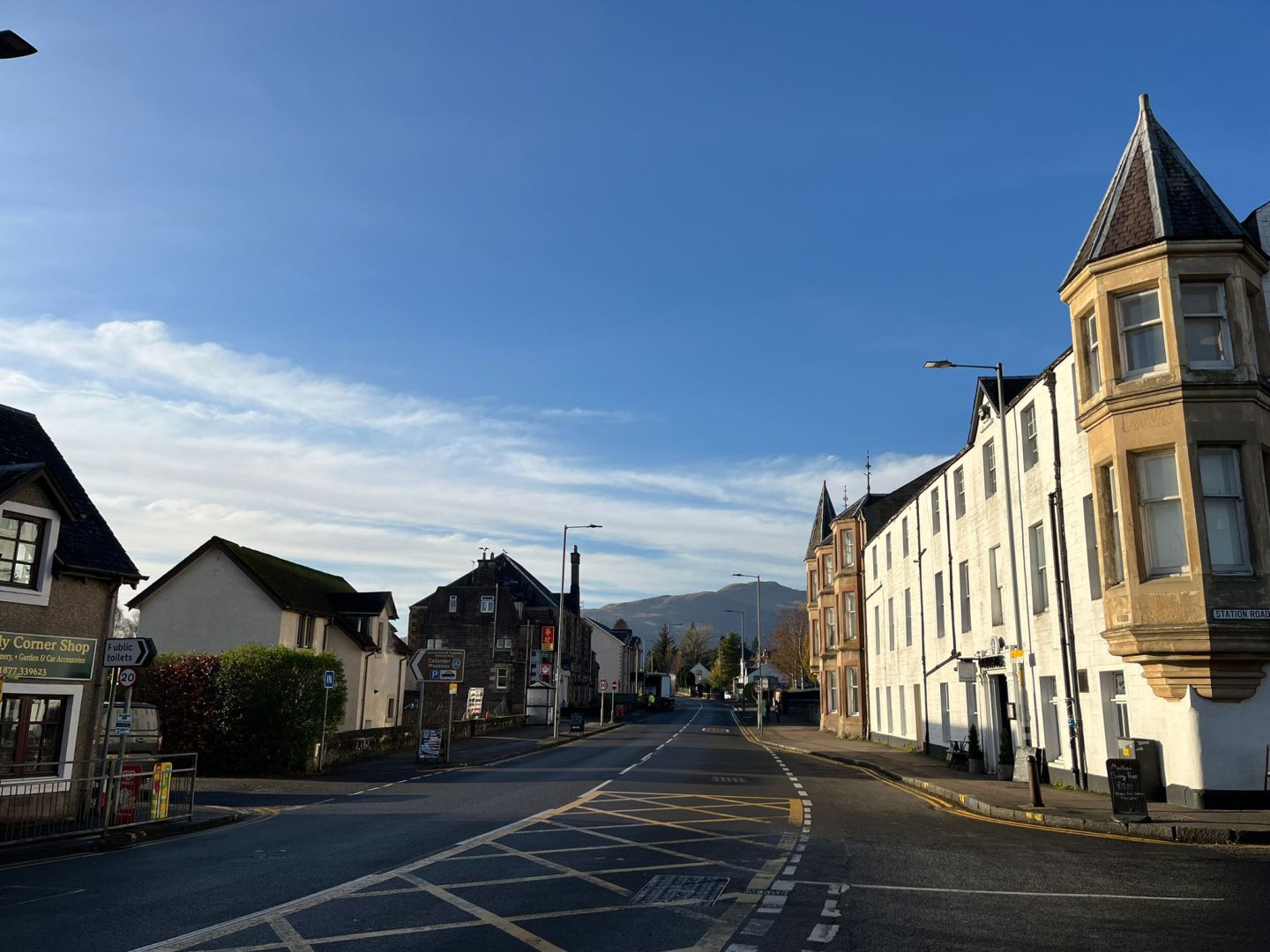
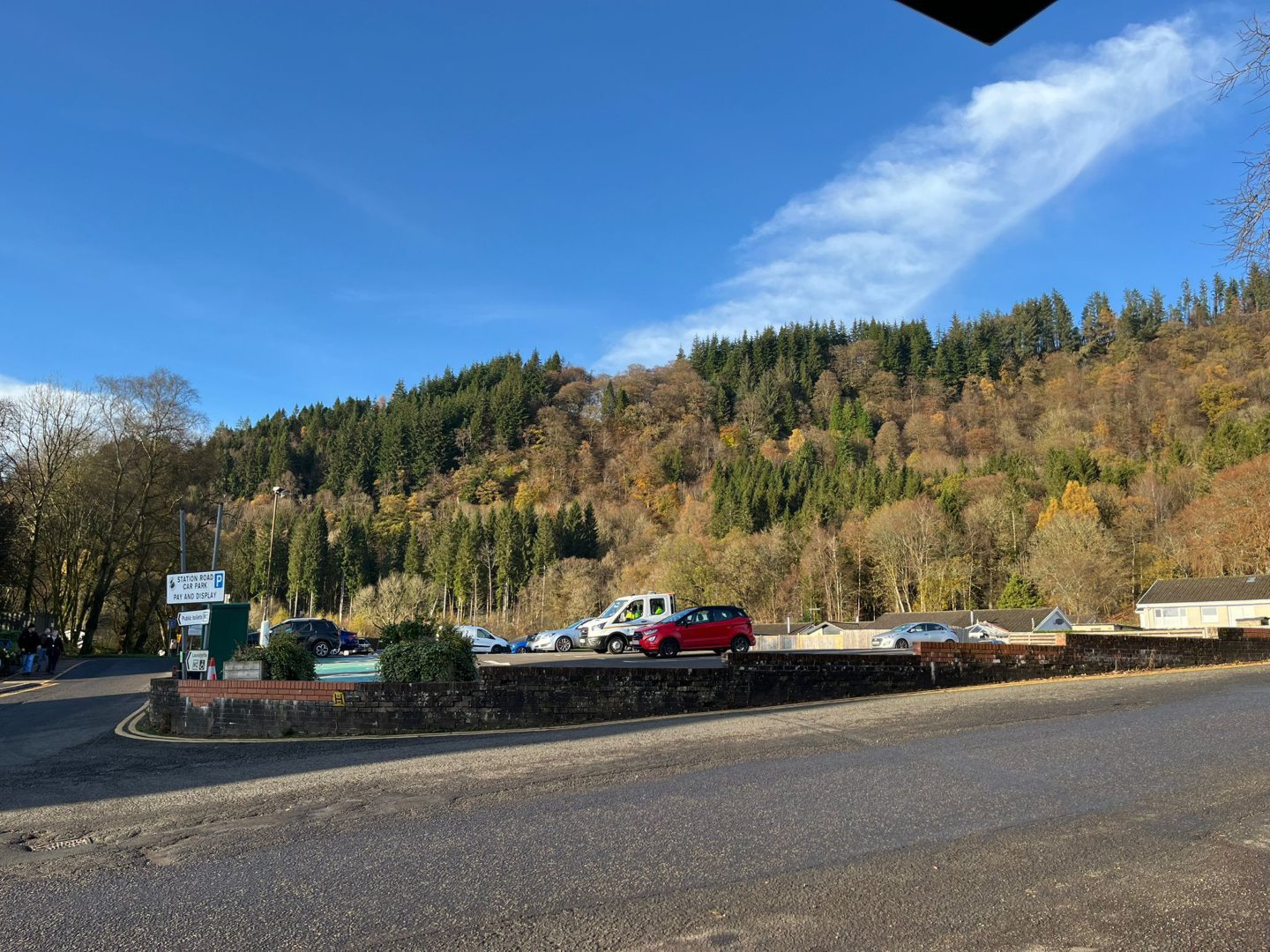
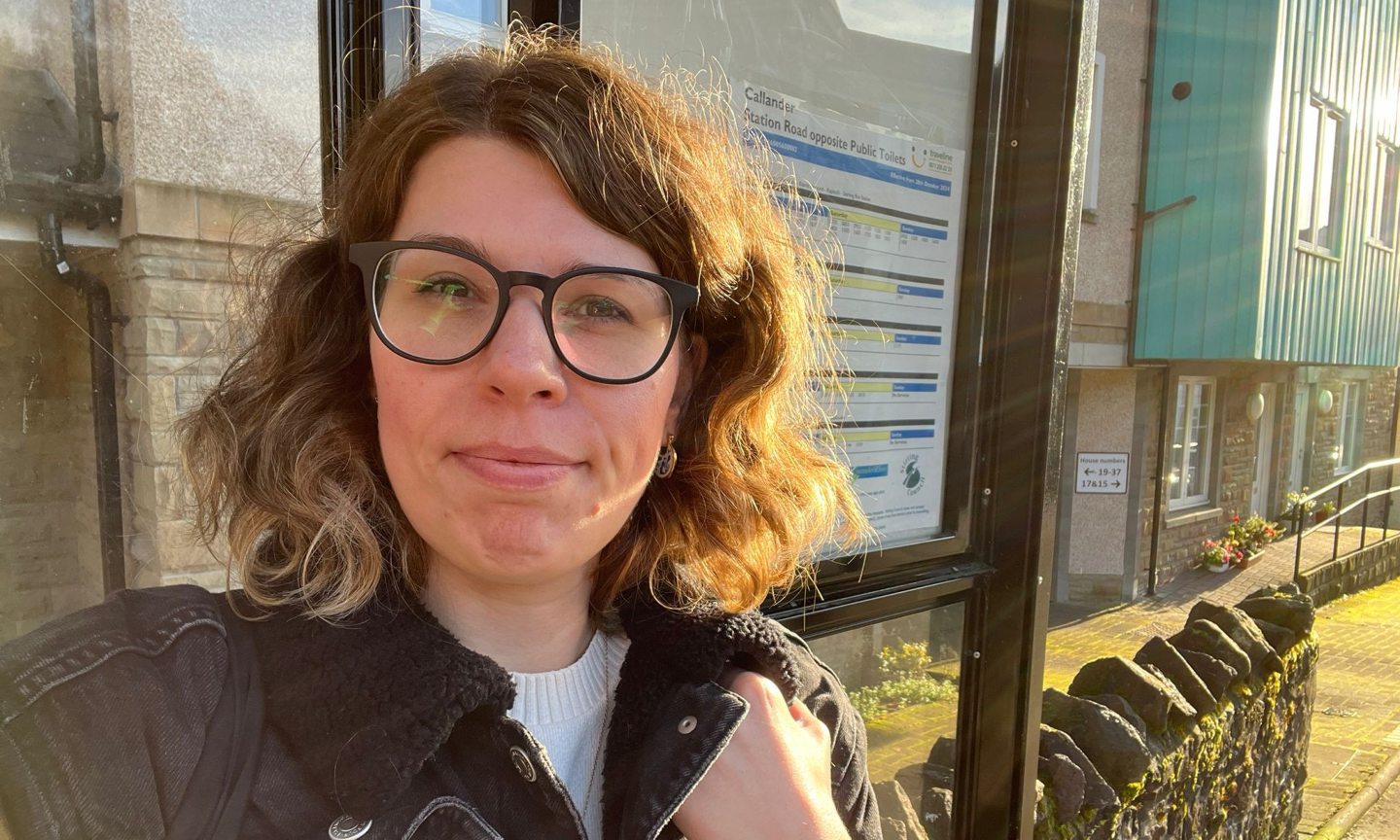

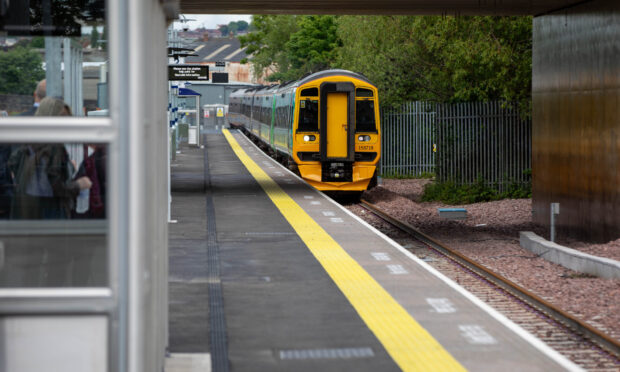
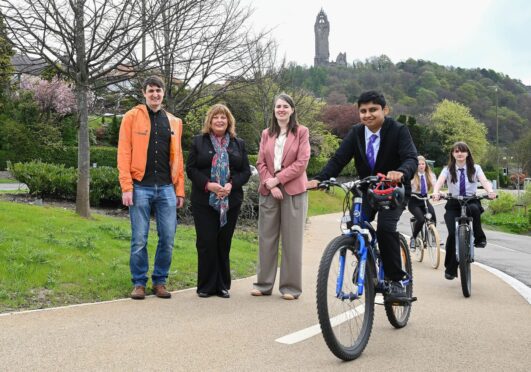
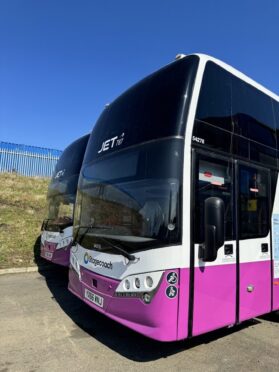
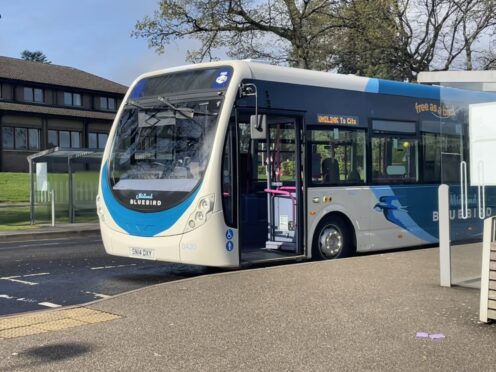
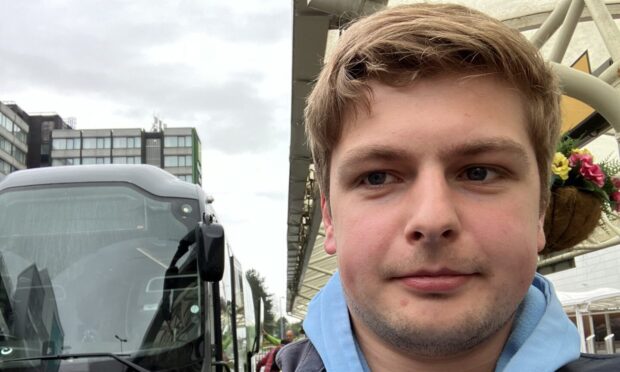
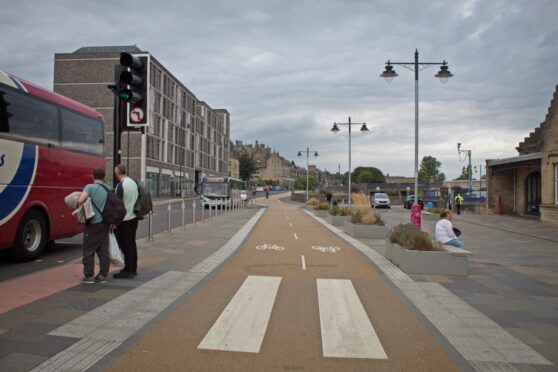

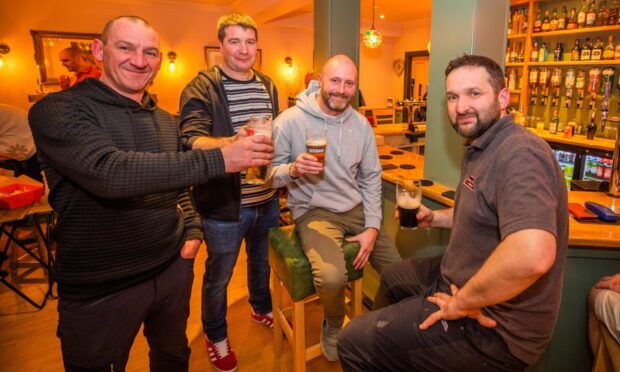
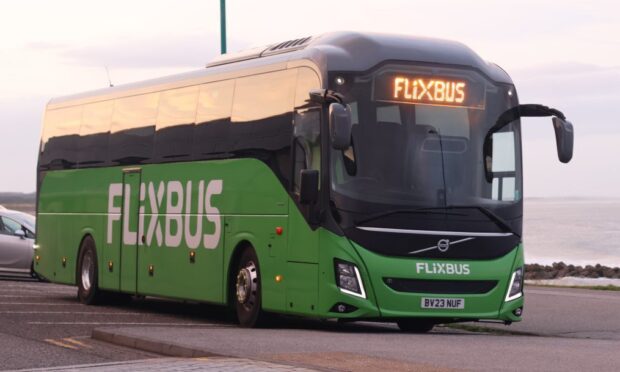
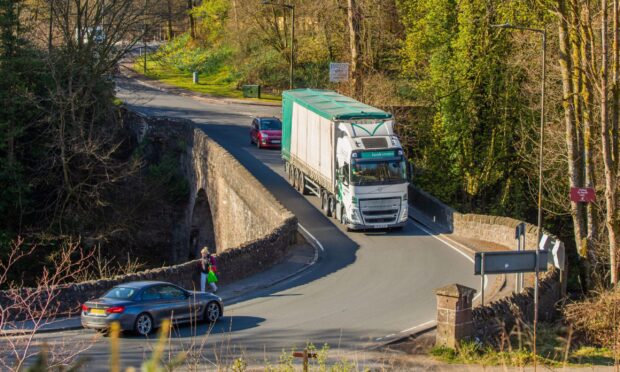
Conversation